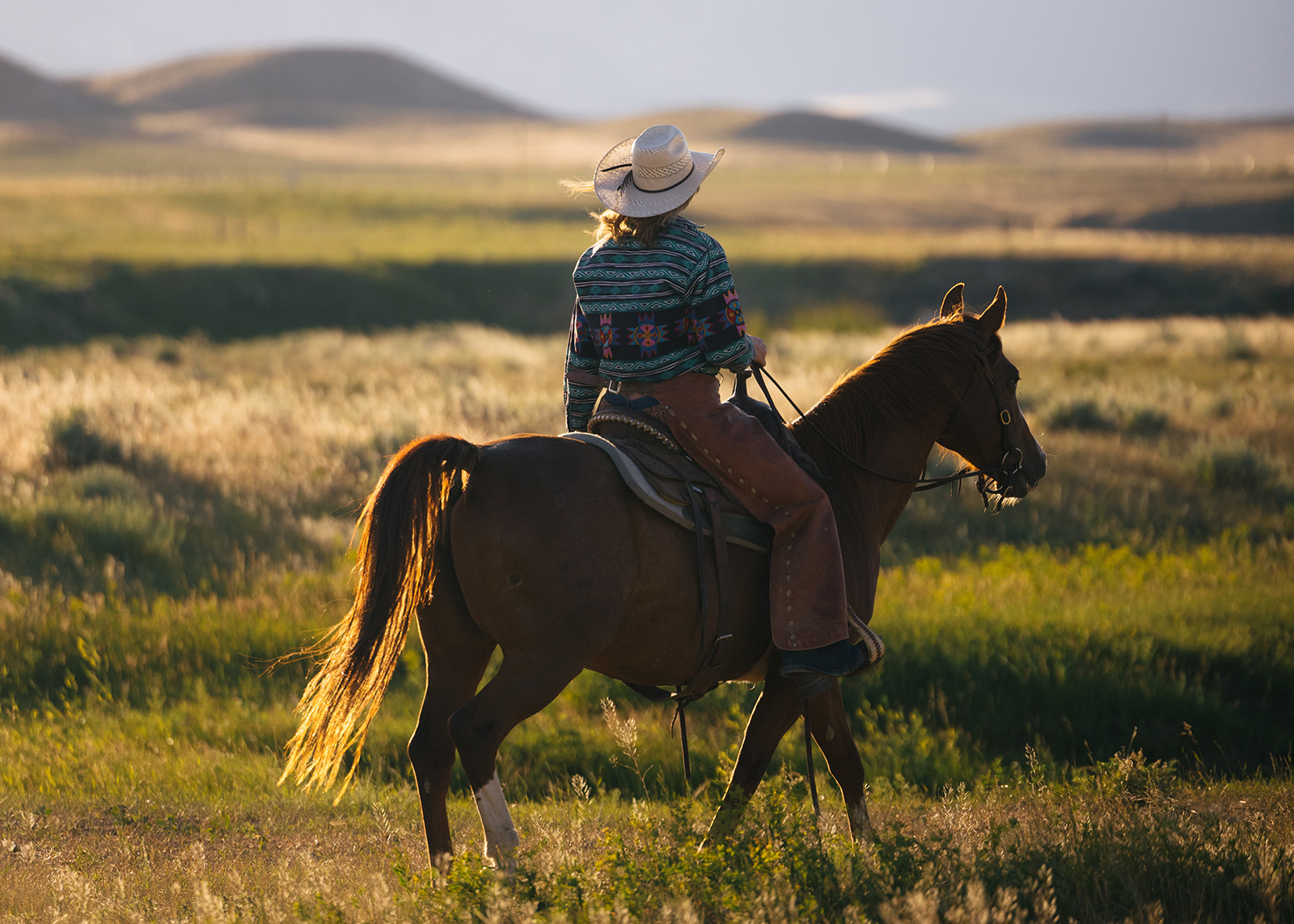
Cloud Peak Skyway
One of the most scenic drives in Wyoming, the Cloud Peak Scenic Byway is officially designated at 47 miles from Buffalo through Ten Sleep Canyon. This stretch of U.S. Highway 16 borders the Bighorn National Forest and provides access to Cloud Peak Wilderness as well as Meadowlark Lake for a number of recreational opportunities.
Travelers approaching the Big Horn Mountains from either direction should watch for pronghorn antelope, deer, pheasants, sharp-tailed grouse and turkeys. Summer birds include lark buntings, mountain bluebirds, American goldfinches, redpolls, juncos, magpies and crows. Red foxes and coyotes may be observed early or late in the day. Birds of prey (raptors) may include golden eagles, red-tailed hawks and merlin. Elk and deer and even moose are often observed during the summer.
The Cloud Peak Skyway is a paved two-lane highway, with occasional pull-outs as it ascends toward 9,666-foot Powder River Pass. This route makes a more gradual ascent of the mountain range than routes to the north. Mountain weather can be extreme and snow can fall in any month at these elevations but rarely does it affect travel in the summer and early fall.
Points of Interest
Hospital Hill Interpretive Site
The east portal of the National Forest boundary marks the eastern end of the Cloud Peak Skyway Scenic Byway about 10 miles west of Buffalo. The area was used for outings by early patients of the soldier’s hospital at old Fort McKinney. A forest firefighters’ memorial is located here.
Loaf Mountain Overlook
Sixteen miles west of Buffalo , adjacent to the eastbound lanes of the byway/Highway 16, the overlook provides an excellent view of high peaks in the Cloud Peak Wilderness with their rocky cliffs and snowfields. An interpretive sign tells about timber-harvesting activity visible in the middle distance. No camping is allowed at the overlook.
Pullout six miles from the Pass
An interpretive sign identifies nearby rock as being 3 billion years old; other signs farther down the slope mark increasingly “younger” rock. The paradox of younger rock being lower in elevation is made possible through the geological act of tilting. Continuing eastward, travelers will find a number of campgrounds and pullouts on the way down the mountain. The willow bogs and wet meadows ahead are good spots for seeing moose. Moose are most often seen in the morning or evening during the summer, and at mid-day during the winter.
Powder River Pass
At 9,666 feet elevation, the pass is above timberline and the views of the surrounding peaks are exceptional. In addition to the elevation, wind patterns and localized soils influence where grass grows and where trees flourish. This phenomena can be seen by observing trees growing at the same elevation on Hesse Mountain several miles to the south. Lodgepole pine is the most common tree species in the Bighorn National Forest. Large quantities of snow accumulate on these mountain peaks and valleys in winter, which supply valuable spring and summer runoff to lakes, reservoirs, streams and rivers in the dryer valleys below.
US Highway 16
Buffalo WY, 82834